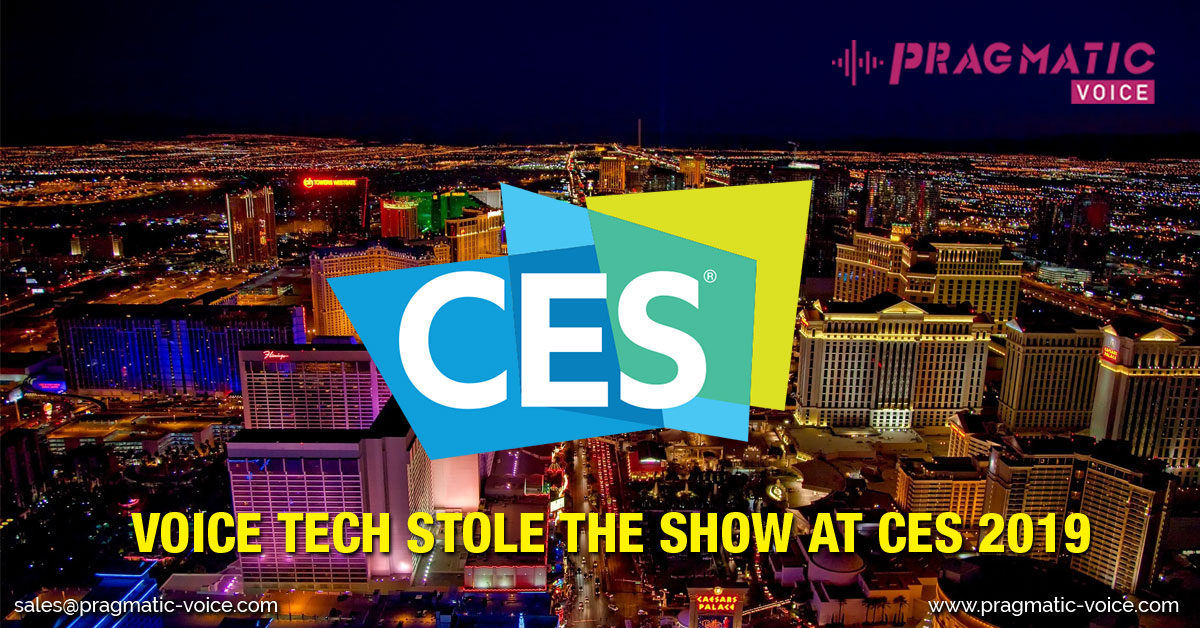
Consumer Electronics Show 2019 was chock-a-block with innovations in voice technology. Device manufacturers were stumbling over one another to display how they incorporated of voice technology into their products.
Samsung, announced that all their 2019 televisions will be compatible and controllable via most home voice devices (goodbye, remote control!). Meanwhile, housewares manufacturer Simplehuman showed how voice could enhance a rubbish bin so that no-one has to touch the dirty lid.
It’s not just about the incorporation of voice into new products, but an evolution in voice technology itself. Voice has started getting more personal.
Remember when last year Amazon Echo debuted whisper mode? It was fun to hear Alexa whisper back when it has been whispered to. This year, was the year of Google Assistant where it announced voice interpreter mode in 27 languages at the CES 2019.
Voice-enabled products are also, finally, enabling smart homes to become a reality as consumers grow comfortable issuing commands to devices at home. A slew of manufacturers have debuted smart cameras, microwaves, door looks and more.
No matter who makes the hardware, the virtual aide linked to or packaged inside is likely to be one of two: either Amazon’s Alexa or Google Assistant. For ShadeCraft, the maker of a new device that lets garden parasols be controlled by voice, Alexa was simply more straightforward to build in.
Amazon’s Alexa is estimated to have 41% of the global smart speaker market while Google Assistant comes in second, taking 28%. Alexa’s dominance is visible across a wide range of other products too. At the recently concluded CES 2019, it was seen that Alexa exhibited maximum coverage.

Google Assistant however, for example, tends to be better at answering queries about the wider world than Alexa. It also has exclusive access to some of the search firm’s other products, letting users control Chromecast audio streams or display YouTube and Google Maps on devices with screens.
Alexa, by contrast, is more widely supported by third-party products and has more apps. It can be easily said that Alexa has taken the first-mover advantage and Google is catching up year-by-year.
The tech display at CES 2019 was not just limited to showcasing appliances that recognize human voices, but also AI that does not just recognize voices but understands users’ daily life patterns, helped by an increased number of connected devices at home, in vehicles and elsewhere.
In summary, it can be said that it was gold rush for voice technology at the CES 2019, as all the major brands of the world were falling over each other to display their proficiency in voice innovation.
Are you in yet on the voice technology bandwagon? Jump in now.


